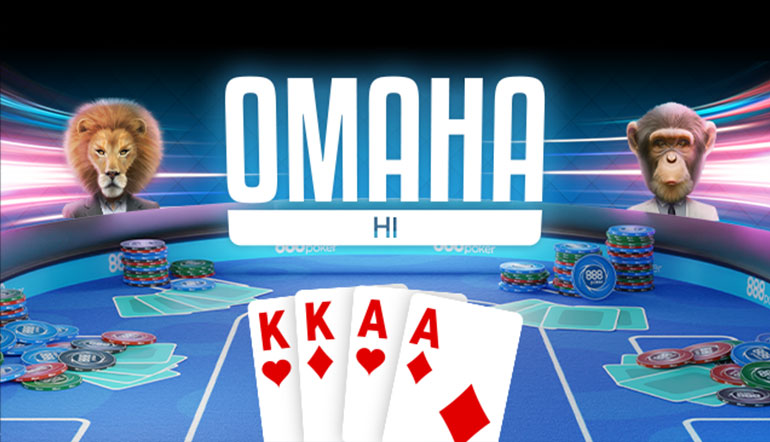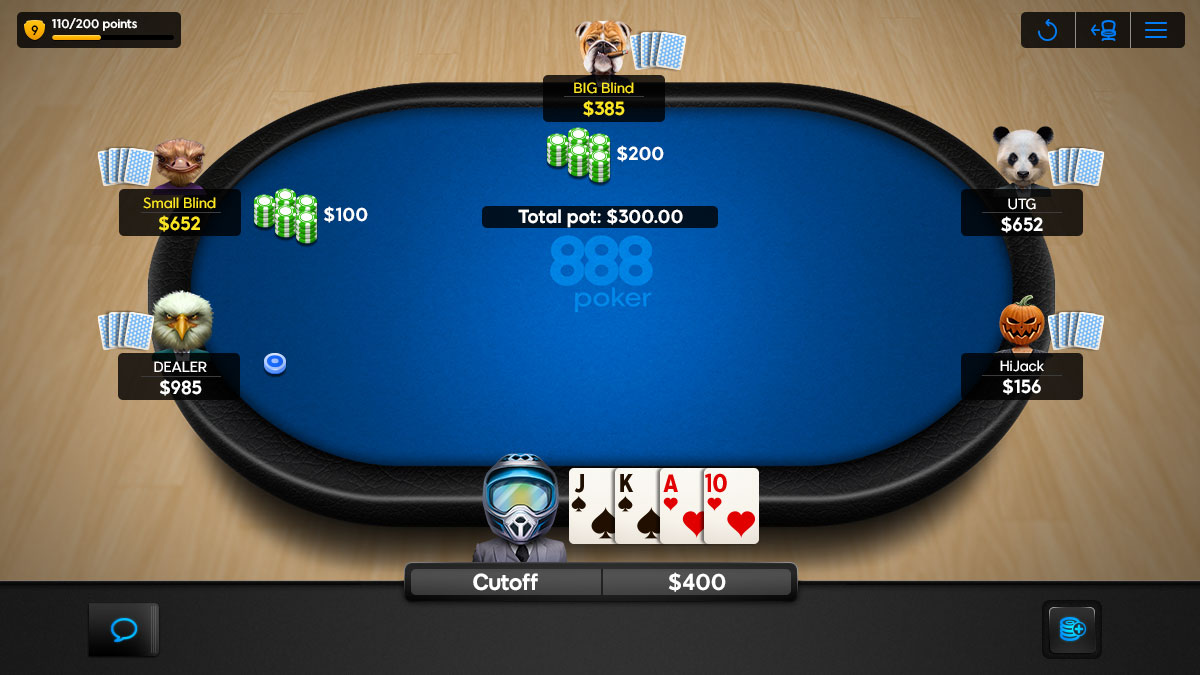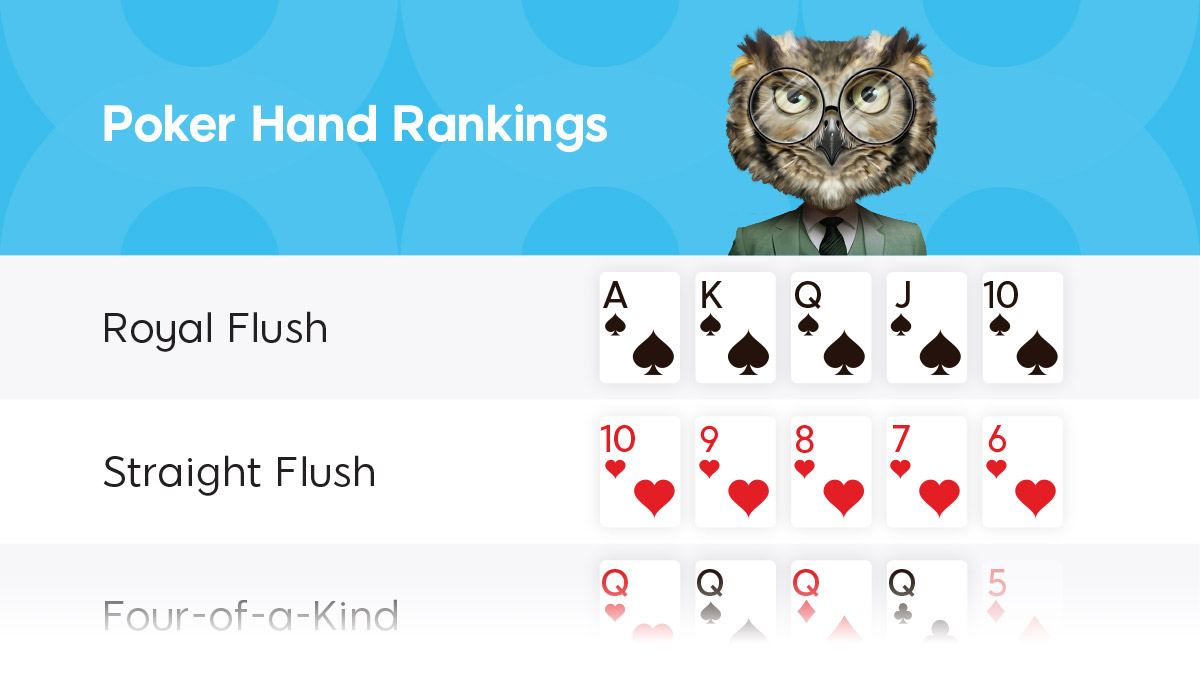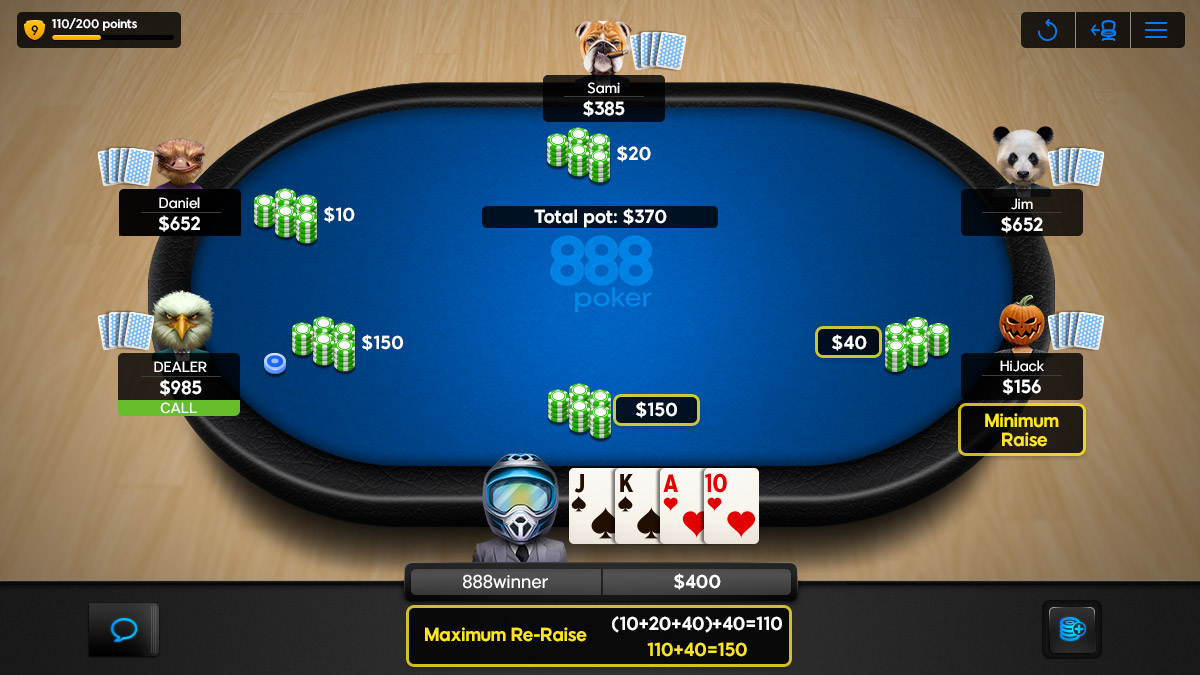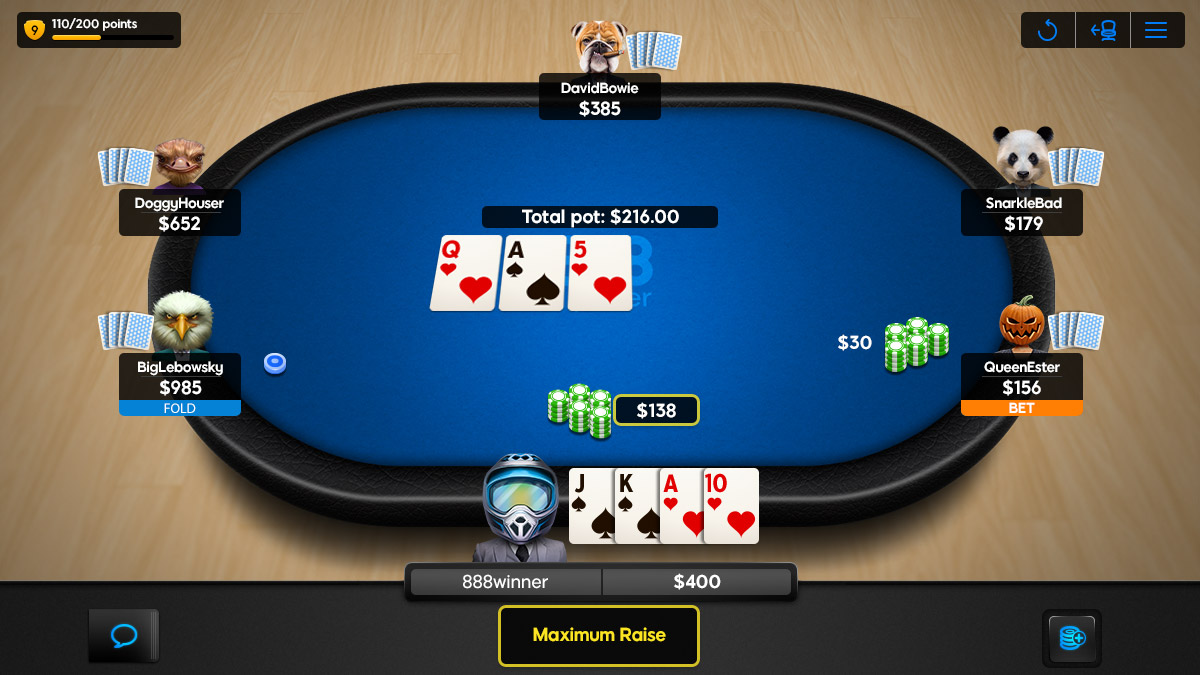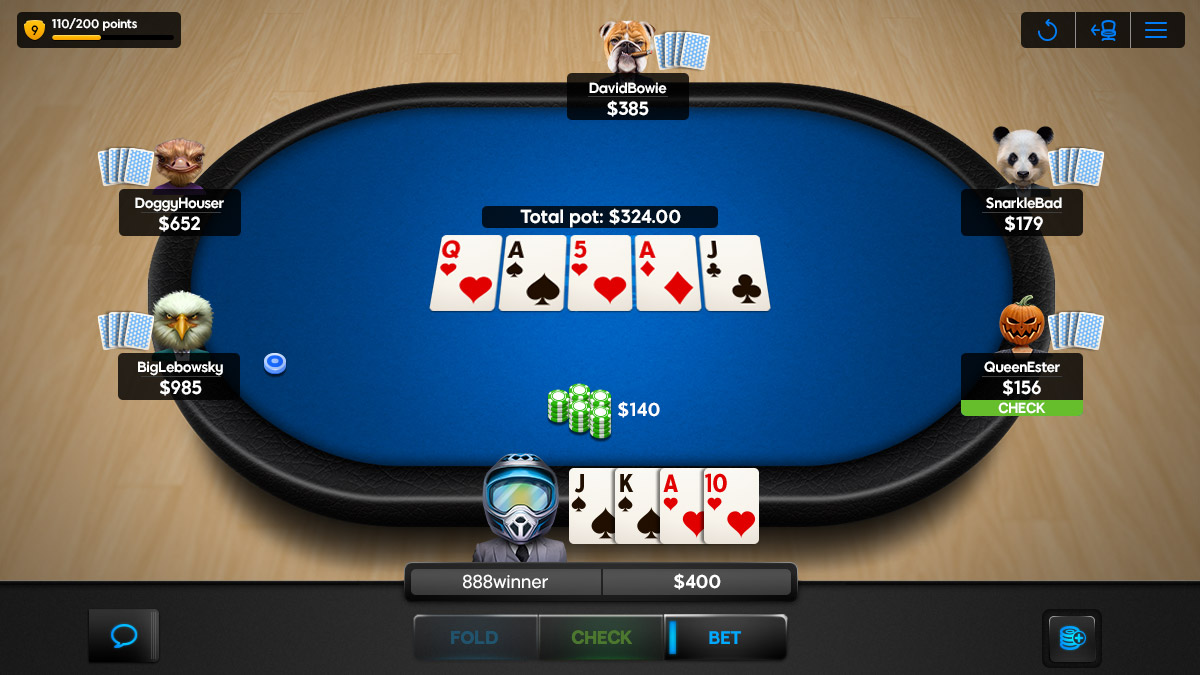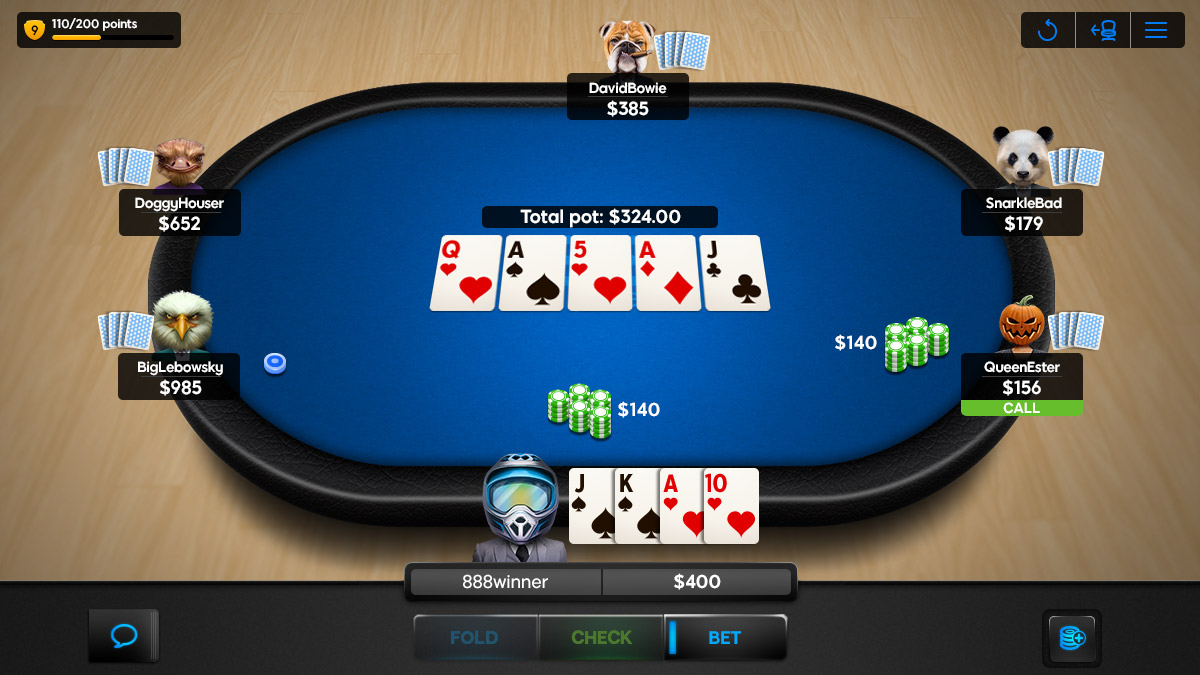Omaha Hi, or Pot Limit Omaha (PLO), is a game of big hands and even bigger draws. The pot limit betting structure means that crushing pre-flop all-ins are impossible – but that doesn't make it any less exciting. In fact, this is one genre that teaches newbies all about forming the different types of poker hands.
Each player is dealt 4 starting cards, making it easier to make (and chase) more draws. And, it's quite common to see three flushes shown down on the river – all in the same suit!
Learn how to play Omaha Hi with this interactive poker guide:
